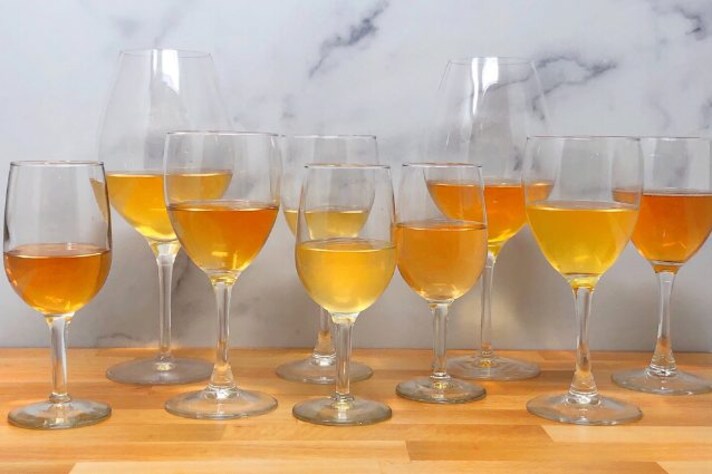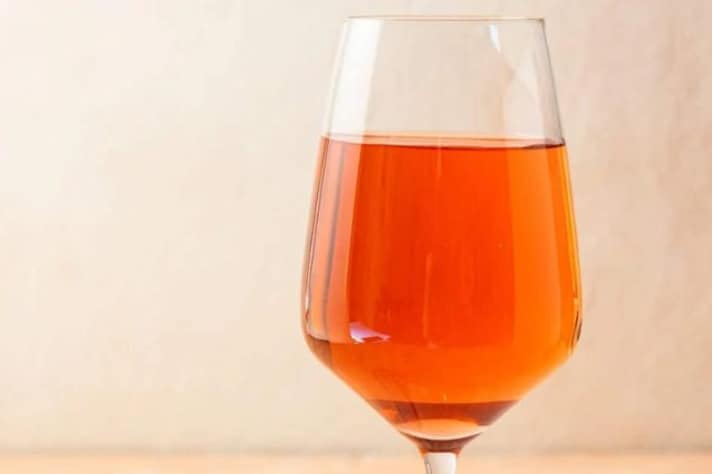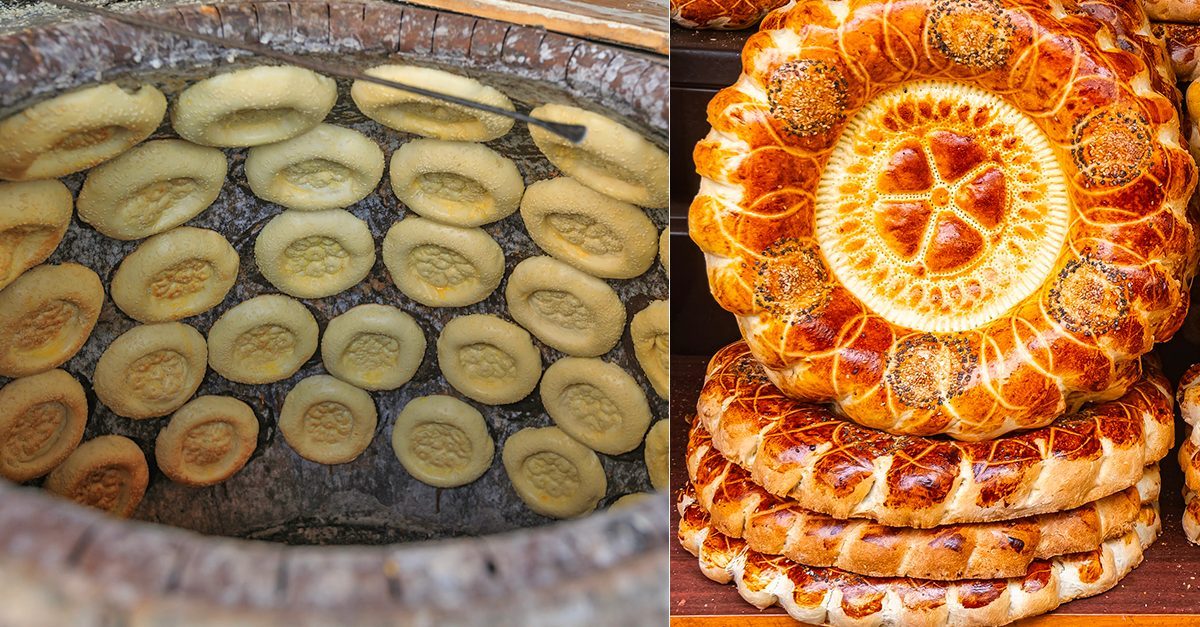What is Orange Wine, How is It Made and Why is It So Special?
Orange wine, made by fermenting white grapes with their skins, is gaining popularity for its unique color, bold flavors, and ties to natural winemaking. Unlike rosé, it has a more robust, tannic profile, often leaning dry with notes of bruised fruit and herbs. Its variety and rebellious nature have made it a favorite among wine lovers looking for something complex and different.

In the world of wine, trends come and go faster than a sommelier can pop a cork. But one trend that seems to have some serious staying power is orange wine. No, it’s not made from oranges, and no, it’s not a trick of the light. This amber-hued wine has captured the hearts (and glasses) of wine lovers everywhere, and it’s not just because of its striking appearance. Orange wine is the talk of the vineyard, and for good reason. It’s funky, complex, and a little rebellious—just the kind of drink you want to sip on while pretending you’re in a chic Mediterranean bistro. But what exactly is orange wine, and why is it causing such a stir right now?
What Is Orange Wine and How Is It Made?
Despite what its name suggests, orange wine has nothing to do with citrus. In fact, it's more of a misnomer—this is white wine made like red wine. Confused? Let me explain.
The magic of orange wine lies in its production process. Unlike traditional white wines, where the grape skins are quickly separated from the juice to prevent coloration, orange wine is made by leaving the grape skins in contact with the juice for an extended period. This is the same technique used for making red wine, and it’s known as skin-contact fermentation. The result? A deeply hued, richly textured wine that boasts a beautiful amber or “orange” color, thanks to the tannins and pigments extracted from the grape skins. Depending on how long the skins are left to mingle with the juice—anywhere from a few days to several months—the color, flavor, and structure of the wine can vary dramatically.
It’s a process that dates back thousands of years, to places like Georgia (the country, not the state), where winemakers have been fermenting grapes in clay vessels called qvevri since ancient times. In recent years, though, this old-school method has come roaring back, gaining popularity among natural wine enthusiasts, hipsters, and anyone looking to break away from the traditional.

Is Orange Wine Just Rosé or White Wine in Disguise?
Ah, the classic conundrum. You might look at a glass of orange wine and think, "Hey, is this some sort of rosé that got lost on the way to the party?" But no, orange wine is a category all its own.
Rosé is made from red grapes, with minimal skin contact, just enough to give the wine that blush-pink hue. Orange wine, on the other hand, is made from white grapes with much longer skin contact, giving it its characteristic orange color. White wine? It's what happens when you whisk those grape skins away like they’re trying to steal your lunch money. So, while all three wines share common techniques, orange wine is neither rosé nor white wine—it’s the funky cousin who likes to break the rules.
What Does Orange Wine Taste Like? Is It Sweet or Dry?
If you’re expecting orange wine to taste like a Sauvignon Blanc with a little extra flair, you’re in for a surprise. Orange wine is a whole new ballgame. It’s a robust, bold wine, often more similar in structure to a red wine than to its white counterpart. The skin-contact process imparts tannins—those compounds that give red wine its characteristic grip and mouthfeel—so don't be shocked if your tongue is suddenly experiencing flavors it didn’t expect from something that looks so light.
As for sweetness, most orange wines lean dry, though the taste can vary significantly depending on the grape variety and the winemaking style. The flavor profile often includes notes of bruised fruit (think overripe apricots, peaches, or oranges), herbal tea, nuts, and a subtle funkiness that makes you want to keep sipping, just to figure out what’s going on. It’s a bit like the wine equivalent of a well-worn leather jacket—complex, layered, and a little rough around the edges, but that’s what makes it cool.

Different Types of Orange Wine
Not all orange wines are created equal. Much like red, white, or rosé, there are plenty of nuances that come with the different varieties of grapes and regions where they’re grown. In Italy, for instance, orange wine is often made from grapes like Pinot Grigio or Ribolla Gialla, resulting in a wine that’s zippy and citrusy, with a pleasant nuttiness. Over in Georgia, where orange wine has been made for centuries, you’ll find varieties like Rkatsiteli, which offer deep, tannic profiles with earthy, spicy flavors.
In other parts of the world, particularly in the natural wine movement, you’ll find winemakers experimenting with a wide range of grapes to create their own take on orange wine. Some might lean into the funky, oxidative qualities, while others aim for a more clean, fruit-forward style. One thing’s for sure: no two bottles are quite the same, and that’s part of the fun.
;Resize,width=767;)
;Resize,width=712;)
;Resize,width=712;)
;Resize,width=712;)
